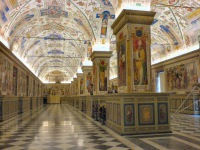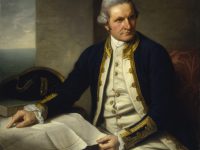Bartolomeo Platina and the Vatican Library
On June 15, 1475, Pope Sixtus IV issued the papal bull ‘Ad decorem militantis Ecclesiae‘ in which he regulated the complex structure of the newly founded Vatican Apostolic Library and appointed Renaissance author Bartolomeo Platina as its first head librarian. For sure you will heave heard about the famous Vatican Library and even more about the Vatican Secret Archives, which are part of the library. Even in popular culture such as Dan…
Read more





















